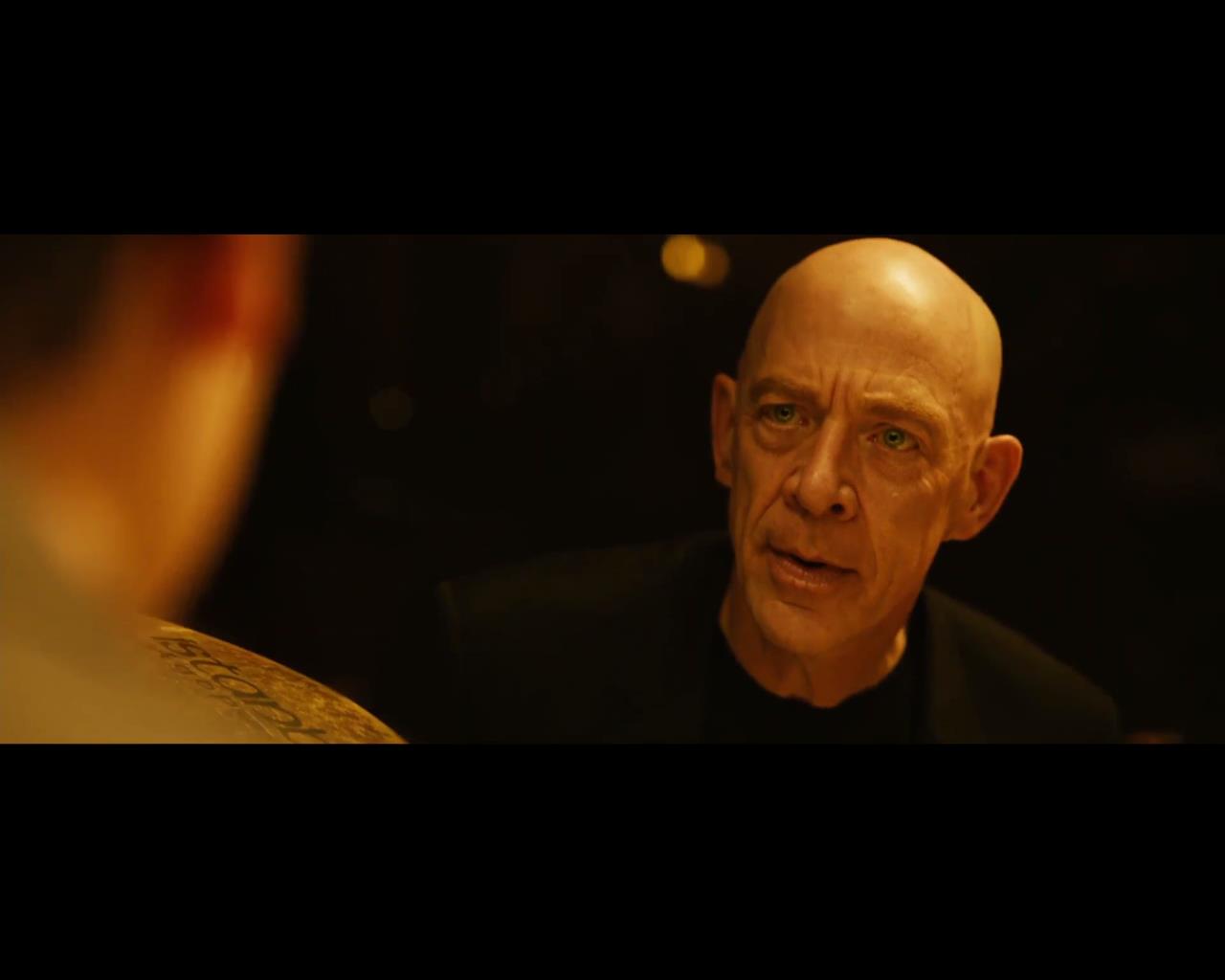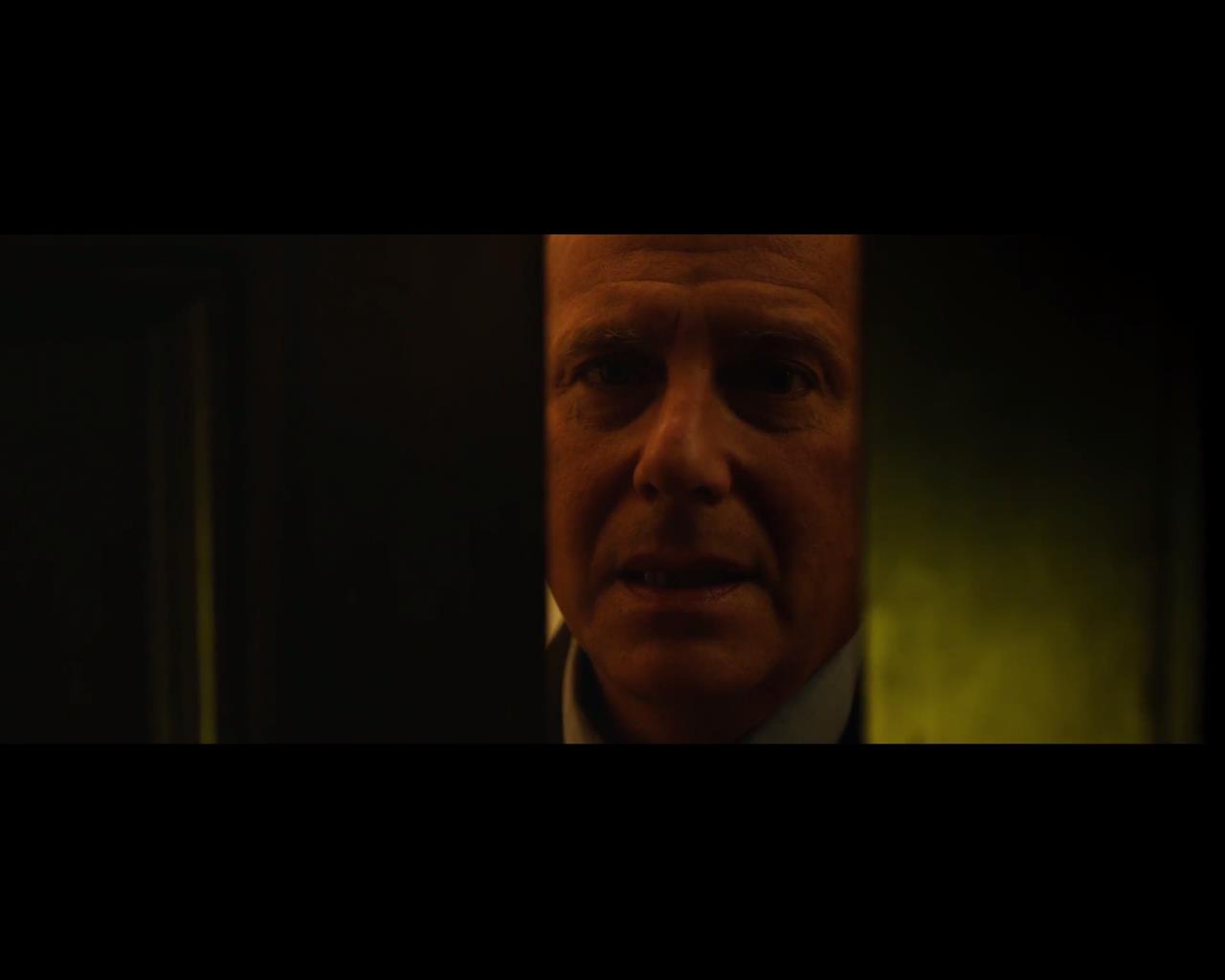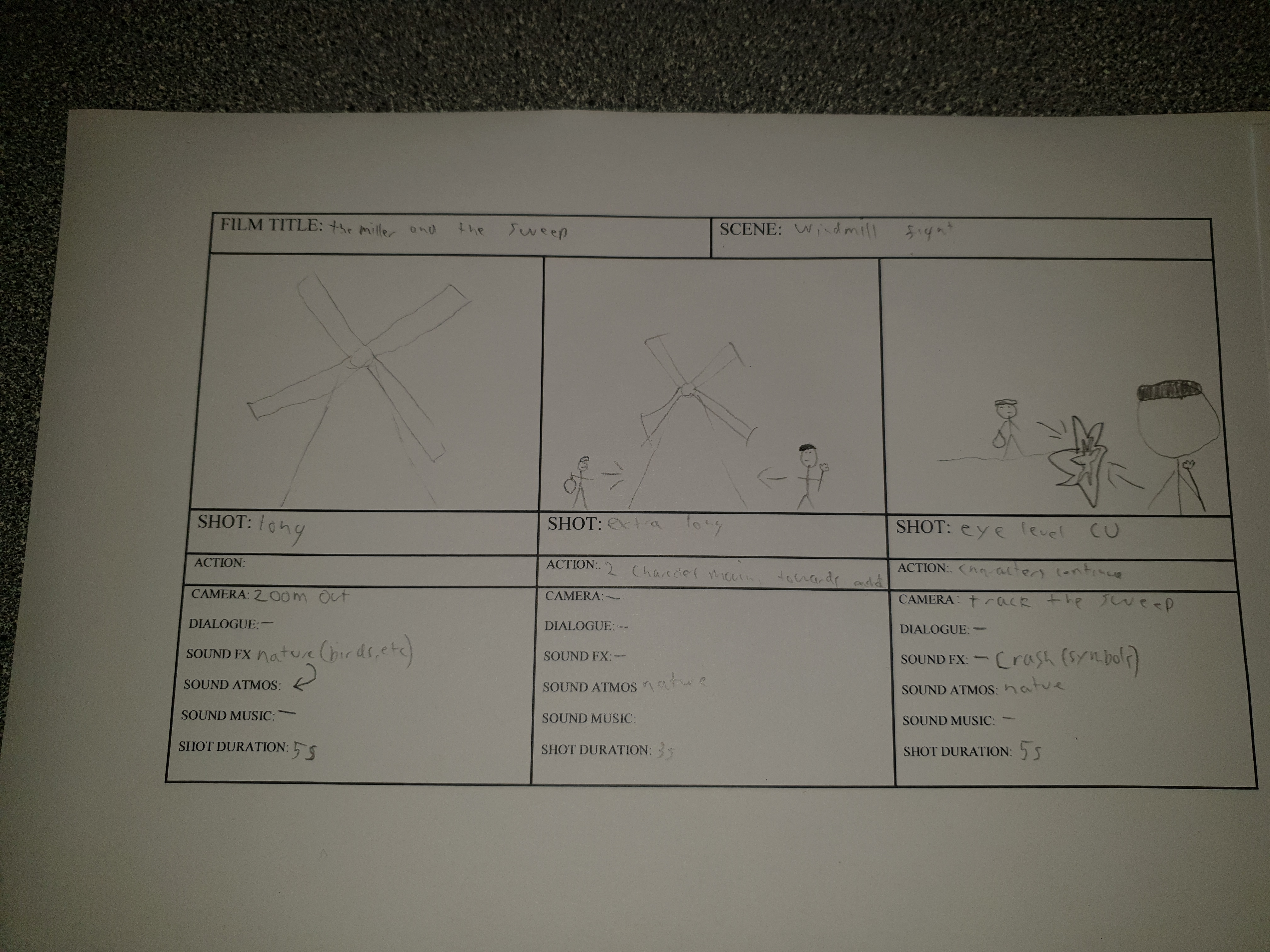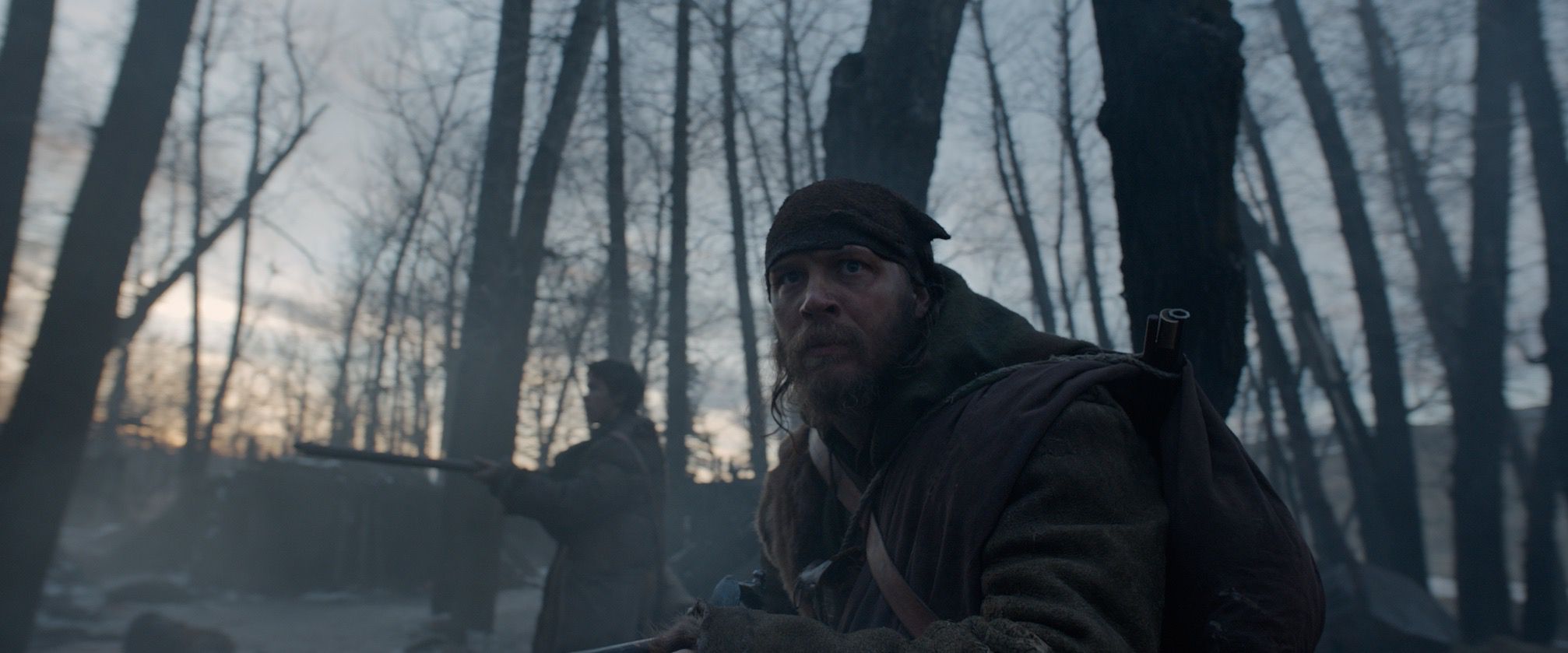The final scene of the movie Whiplash(Chazelle, 2014) uses a wide range of different editing techniques. The movie’s editor, Tom Cross, does an incredible job creating several very tense moments throughout the movie using cuts, eyeline matches, cross cutting, cutaways and more.
Cross’ use of very fast cuts fills the scene with tension, and these quick cuts of the drum kit to the cutaways of longer sweeping shots of the brass section creates a sense of tension for the audience, knowing that Andrew must keep in time. The editing style of this movie is important as without it, the scene can become boring. The use of quick cuts keeps the viewer entertained and interested. The Editor manages to make sure these shots are not too jarring for the audience. For this reason, the editor has included longer shots to ensure the viewer doesn’t get confused.

The use of eyeline matches and shot reverses are also incredibly important for building tension and stakes for the audience. These techniques are used between Andrew and Fletcher several times in the final scene, and helps show the feelings behind the characters, both of which are using predominately facial expressions to convey emotion. The editor uses these shots when they are trying to get the audience to focus on the character rather than his actions, For instance; instead of focusing on Andrew’s drumming, it cuts to him looking at Fletcher, and then is followed by a shot of Fletcher looking at him. This helps build character, but also gives the audience a break from the intensity and fast paced cuts of the drumming to create a moment made to develop the characters.

There is also the use of a sequence shot between Fletcher and Andrew where the camera quickly flicks between each of the character. While it is possible that this scene uses different, well hidden cuts each time the camera quickly changes direction, it helps visually describe the relationship between Fletcher and Andrew, it also creates an intensity for the audience as it seems like the characters are almost fighting for control over the whole band. This shot makes the viewer feel as though they are a part of the scene, as the nature of the shot is sequential, and therefore makes it seem more realistic for the audience.
This scene also has one specific instance of a cutaway. I find that this is an incredibly important shot for character development of Andrew, as it shows how even though he has alienated his friends and family throughout the movie, the shot of his surprised father through the concert hall window shows that there are still people that care about him and are proud of him for his accomplishments, as for a lot of the film, Fletcher has been a sort of father figure for Andrew. While this could be considered a fairly throwaway shot, I find that it has significant importance to the plot, once again showing how important the editor’s job is for almost every aspect of the movie. This shot in particular adds character more than the all of the writing in this scene combined.












